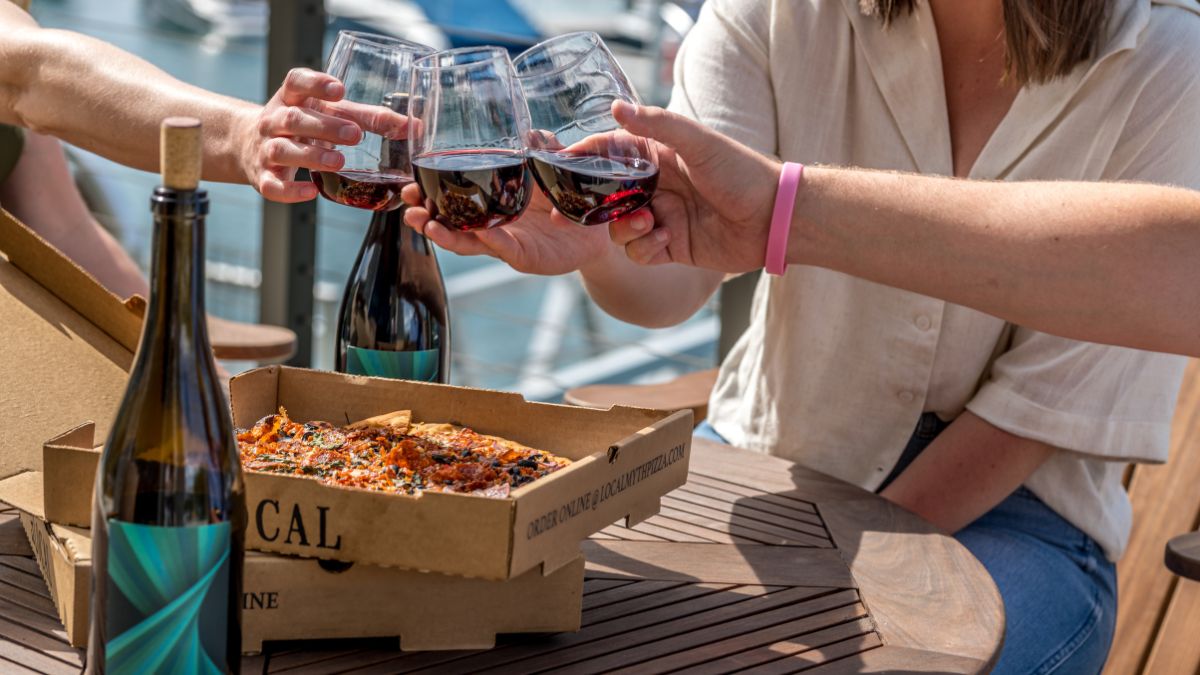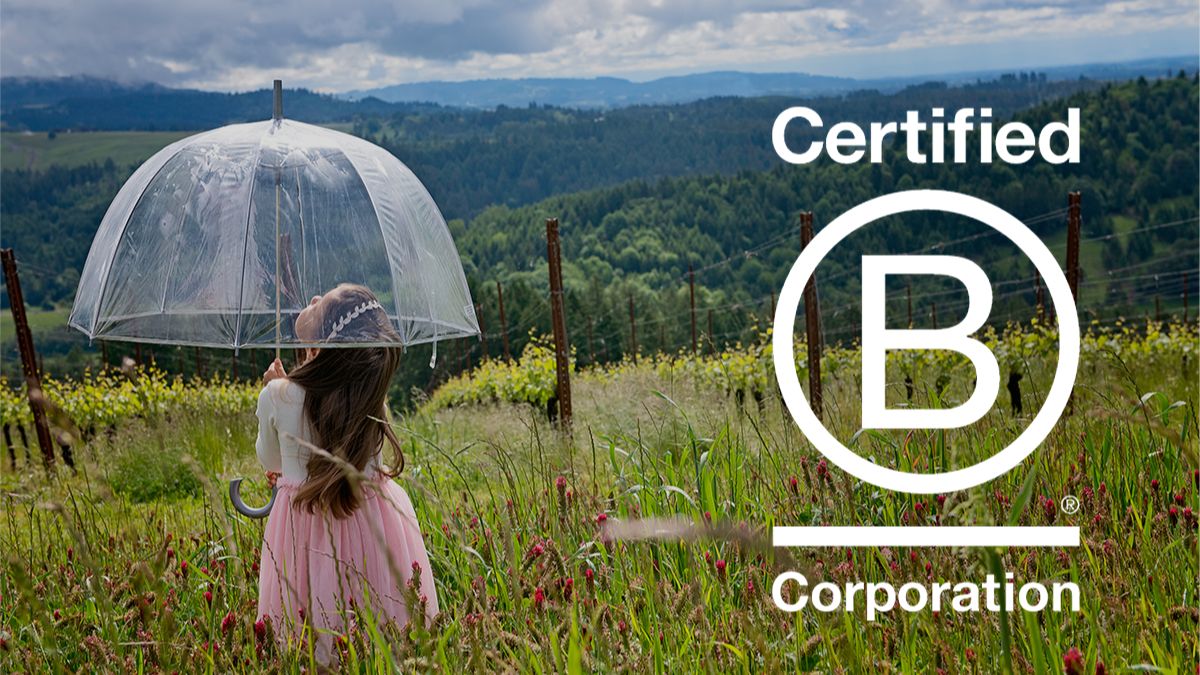Let’s pour a glass and review all our vine-to-wine knowledge in the light of upcoming springtime wine events. Spring releases, dinner pairings, barrel tastings, concerts in the vineyard — all the daytime sipping a Northwesterner has been dreaming about as this sluggish gray called winter finally comes to a close.
We get to know wine through tasting, but we can understand wine even better by knowing the impact of soil. A critical part of terroir, soil imparts a literal “sense of place” through characteristics that ultimately end up in your glass.
Maybe it’s not the most romantic part of winemaking, but soil directly impacts flavor. It may just be one of the reasons why you like the wine you do.
It’s tricky to categorize, since soil types are not homogenous. They include layers of various types of earth, with different purposes that contribute to the overall crop. The Yakima, Walla Walla and Willamette valleys are great examples of how these layers work together to yield abundant crops.
Most soil in these prominent growing regions are largely influenced by the Missoula Floods, a series of cataclysmic floods during the end of the last ice age. These floods scoured the landscape, depositing new earth and topsoil to what is now some of our most fertile wine-growing regions.
The wind-blown, sandy loess in the Walla Walla Valley absorbs heat and water, while producing grapes with light acidity and big flavor. Finer sand allows for pest-resistance and proper drainage. An ancestral, cobblestone riverbed of basalt rock in the south grows bolder reds. These rocks absorb and transfer heat to deeper parts of the soil. And the grapes impart distinctive characteristics — savory, earthy flavors and soft tannins.
What the Willamette Valley is known for is the large volume of volcanic Jory soil, great for growing its acclaimed Pinot Noir. This red, basalt-based soil is nutrient-rich with high amounts of iron and clay, retaining just enough water for grapes to thrive and draining excess through gravel layers underneath. This gives Pinot Noir varietals their luscious cherry flavors and smooth minerality they are loved for.
The wind-deposited, deep silt or sandy loams of the Yakima Valley retain water and heat like in Walla Walla. And with little clay content within the soil, the vines can root deeply to boast rigorous yield year after year. They drain well sitting directly atop a foundation of gravel and basalt bedrock. This results in lighter grapes with smooth tannins, while highly aromatic and bold in flavor.
So the next time you’re out tasting single varietals in our region, dig deeper and ask about about the soil. You may favor one soil type of a Pinot Noir, Riesling or Cabernet over another.






